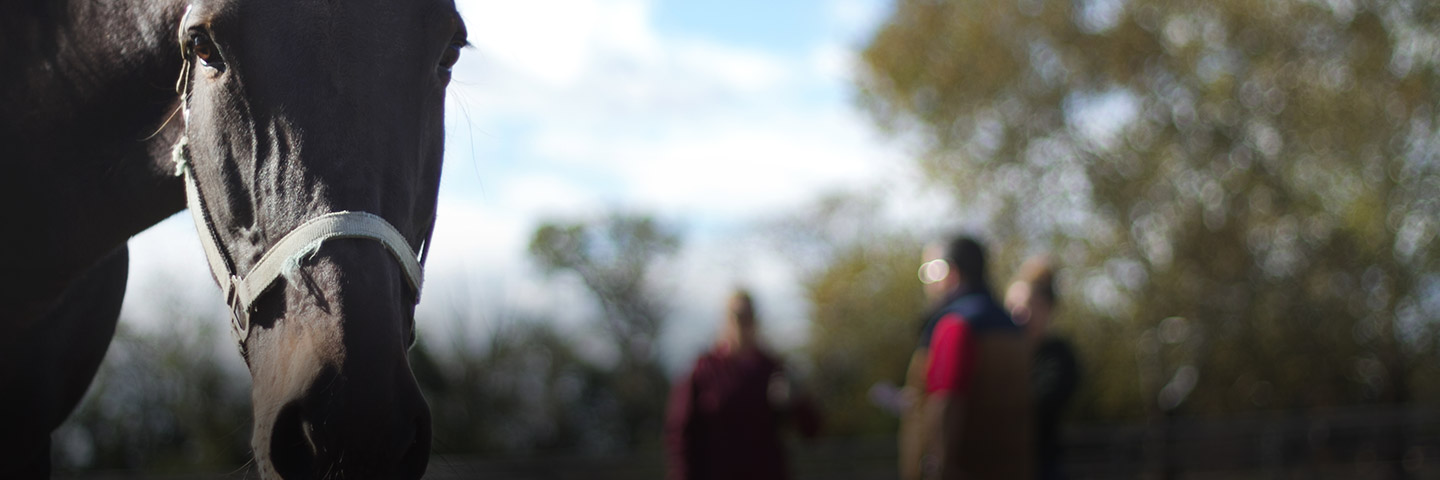Hay Everyone!
Oh boy, do I have a story for you guys! I LOVE clover, and my pasture was filled with it this past week. It was the best week ever! Anyway, I was minding my own business grazing, but then all of a sudden I started drooling uncontrollably! It was definitely not an attractive look, and the mares in the neighboring pasture started laughing. There was saliva everywhere! So I had to find out, what was happening???
After some investigative research (mostly just asking the scientists at the Equine Science Center), I found out that this condition in horses is commonly referred to as “slobbers.” When horses have slobbers, they can easily fill several five-gallon water buckets of saliva in one day. It occurs when horses eat clover infected with a fungus. Since the weather has been very hot and humid lately, it created the perfect environment for fungus to start growing on the clover in the pasture. This fungus is a type of mold that produces a toxin called “slaframine,” which stimulates horses to drool excessively.

Photo credit: Wendy Hale.
Although it is concerning to see your horse frothing and salivating, I’ve found out from the professors here that slobbers is a non-life-threatening condition! (Whew, what a relief.) However, because of the excessive drooling, it is very easy for your horse to become dehydrated. Make sure your horse has plenty of clean water available at all times to combat the possibility of dehydration! The remedy for slobbers is a simple change of feed or transition to a new turnout, since the mold can be present on baled hay or on pasture. If you suspect the mold is in the pasture, you can generally identify it as rust or black spots on the top of the leaf. Depending on weather conditions, the mold will typically last about 2-4 weeks. It commonly grows on alsike, red, and white clover, and sometimes alfalfa.
My questioning has also revealed there are some tactics you can try to eliminate slobbers from your horse herd. First, you can try to reduce the amount of clover in the pasture by over seeding with grasses. Essentially, an overpopulation of grasses will decrease the amount of clover that can grow, and therefore decrease the chances of horses ingesting potentially infected clover in the first place.
Also, make sure you are practicing good management practices by fertilizing, mowing, and resting/rotating your pastures. Grasses need nitrogen from the fertilizer to grow, unlike clover that grow without being fertilized. Finally, if the clover infestation persists, you can use a broadleaf herbicide; this will remove any existing clover plants.
So, what are the conclusions from my research? Firstly, slobbers isn’t something to be overly worried about. It may appear odd, but as long as your horse has plenty of water, it will be fine. If you are concerned about the issue, you can always take steps to minimize or eliminate the fungus from any of your horse’s feed including the pasture.
As for me, the next time there is a lot of the clover in the pasture I am definitely going to try my best to avoid it, even though it is one of my favorites. At least the mold doesn’t grow on strawberry frosted donuts, then we would have a more serious problem! 😉
Until next time!
Your Friend,

Lord Nelson

